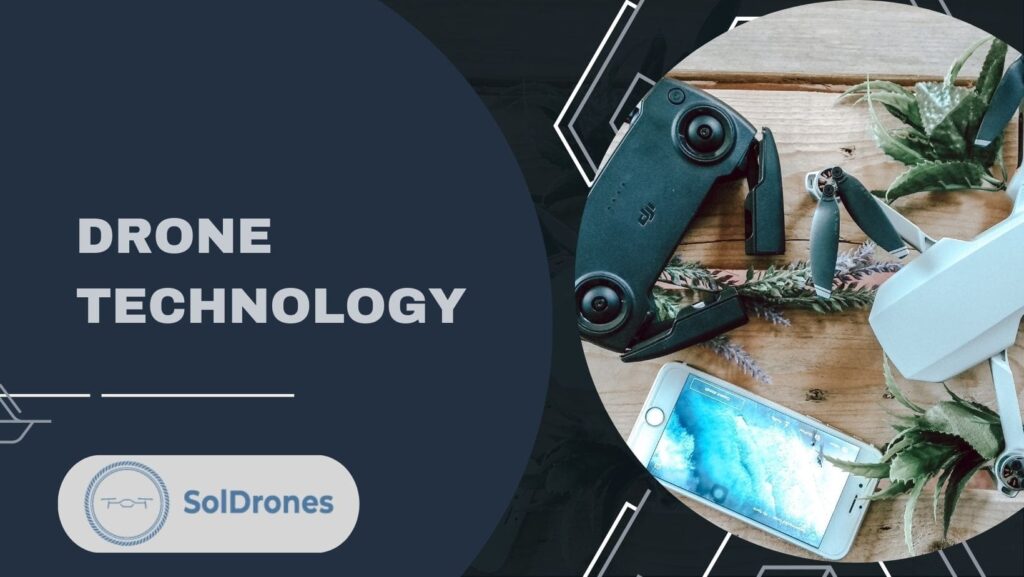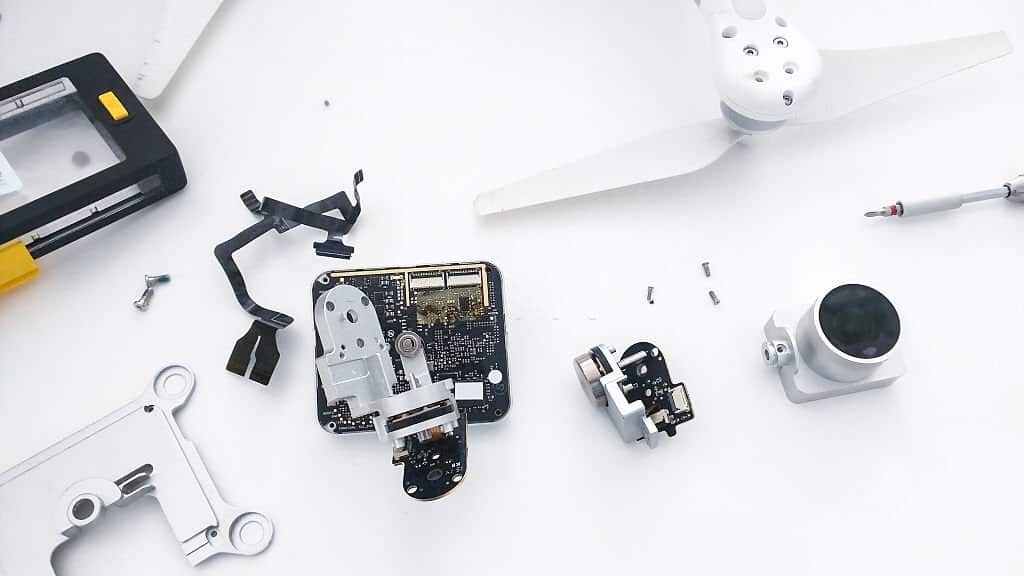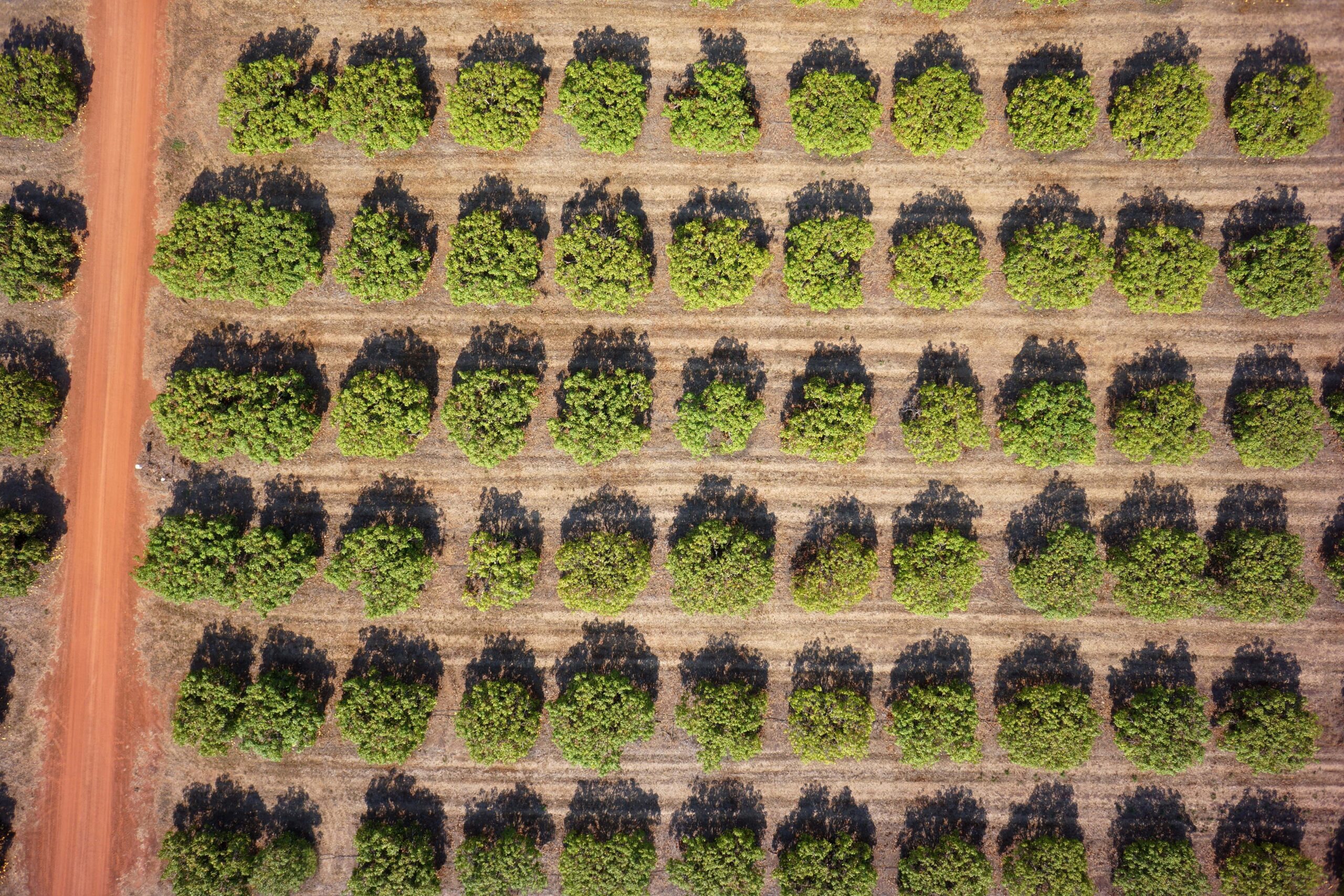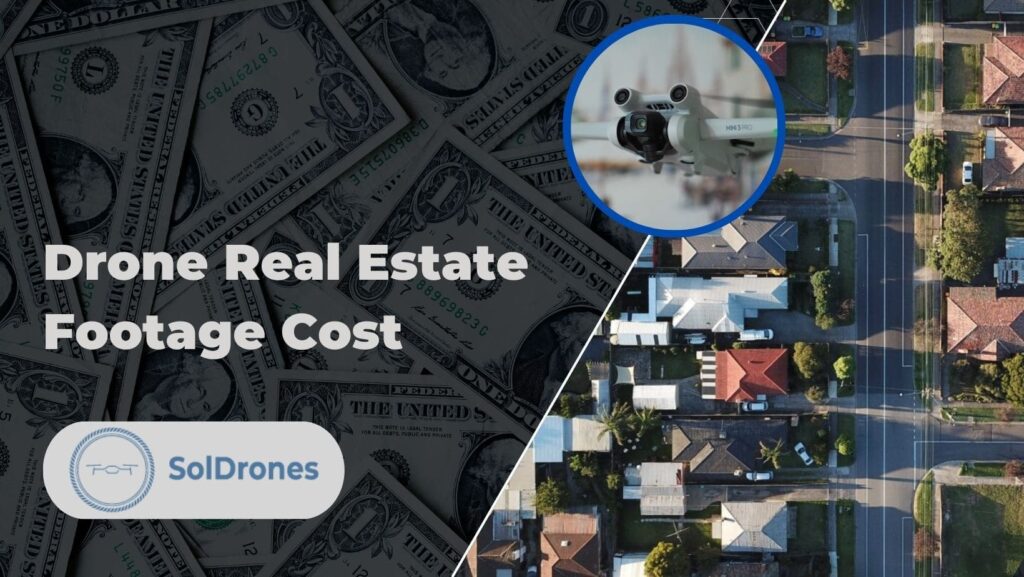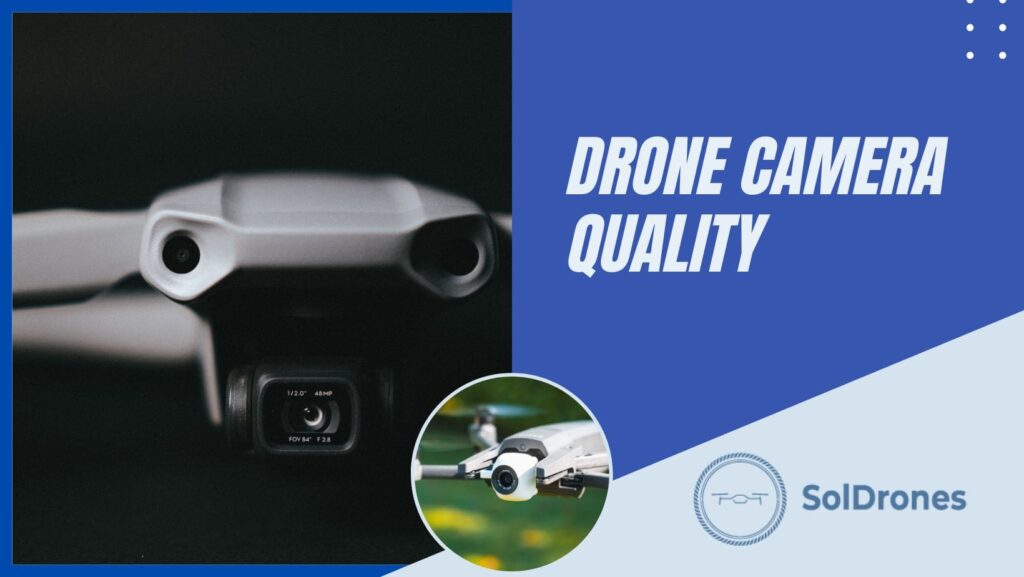In recent years, drones have evolved from mere recreational gadgets to powerful tools with diverse applications. As unmanned aerial vehicles (UAVs) continue to advance, they’re shaping the future of numerous sectors – from logistics and agriculture to wildlife conservation and emergency medical services.
But how exactly do these personal drones work? What are the latest innovations in aerial photography that drive their adoption?
This article will explore commercial applications of drone technology, delve into advanced features driving innovation, discuss regulatory landscapes governing commercial use, envision the future role of drones in society, and address risks and concerns associated with this burgeoning industry.
Article Highlights:
- Key drone technology components include the drone frame, motor, sensors, control system, and more.
- Agriculture, construction, and conversation efforts are a few sectors being positively impacted by drone technology
- There are regulatory hurdles that do exist that could slow down the drone market
Drone Technology Explained
Drone technology refers to the use of UAVs, or drones, which are aircraft without human pilots onboard. Drones operate through a combination of advanced technologies and components. Here’s a quick breakdown of the drone features and core components involved in many drones used for commercial purposes:
- Frame: The frame serves as the structural backbone of the drone, providing stability and support for other components.
- Motors: Drones typically have multiple motors that generate the necessary thrust to lift the aircraft off the ground and maneuver it in different directions.
- Propellers: Connected to the motors, propellers generate the airflow needed for lift and propulsion, allowing the drone to move through the air.
- Sensors: Drones are equipped with various sensors, such as gyroscopes, accelerometers, GPS, and altimeters, which provide vital data for flight stability, navigation, altitude control, and positioning.
- Control System: The control system consists of flight controllers, which process sensor data and provide stabilization and control algorithms, allowing the pilot or autopilot system to direct the drone’s movements.
- Power System: Drones require a power source, usually in the form of rechargeable batteries or sometimes combustion engines, to provide electrical energy for the motors, control system, and other electronic components.
- Communication System: Drones often feature wireless communication systems that enable communication between the drone and ground control, transmitting commands, telemetry data, and live video feeds.
- Payload: The payload refers to any additional equipment or sensors carried by the drone for specific purposes, such as cameras for aerial photography, thermal imaging devices, LiDAR scanners, or even delivery packages.
These components work together to create a functional drone capable of flight, navigation, data collection, and various applications in industries such as photography, surveying, surveillance, and more. Drones are controlled remotely and some drones even fly autonomously. Through this integration of hardware and software, drones can perform a wide range of tasks, from capturing aerial photography and video footage to conducting inspections, surveillance, and even package delivery.
Commercial Applications of Drone Technology
UAVs have made an incredible transition from being mere toys to becoming a game-changer in various industries, such as logistics, agriculture, conservation efforts, healthcare initiatives, and construction. The future is bright for drone technology; however, there are still regulatory hurdles to overcome before we can fully harness its potential across various sectors.
Strict Federal Aviation Administration (FAA) rules, airspace system challenges, and privacy concerns – these are all factors that need addressing as we move forward in embracing this cutting-edge technology platform.
Beyond these constraints, we’re beginning to see the positive impact drone companies are making throughout industries.
Agricultural Benefits from Drone Integration
Drones are revolutionizing the agriculture industry, offering a wide range of benefits and transforming farming operations. With their aerial photography capabilities, drones enable optimized plant care and more efficient irrigation management by identifying areas that require specific water quantities, reducing water waste, and improving overall water management practices.
Additionally, agricultural drones equipped with advanced sensors play a crucial role in pest control measures, detecting pest infestations earlier than traditional methods. This allows farmers to apply targeted treatments, minimizing the need for blanket pesticide applications and promoting environmentally friendly practices.
One of the significant advantages of drone integration in agriculture is the ability to make data-driven decisions. Real-time information gathered through drone surveys empowers farmers to make informed choices regarding fertilization schedules, harvest timings, and overall farm management. This data-driven approach enhances productivity, maximizes crop yield, and ultimately increases profitability for farmers.
The impact of drones on the agriculture industry cannot be understated. By addressing long-standing challenges, drones have become an essential tool for farmers, offering increased efficiency, improved resource management, and sustainable farming practices. The opportunities for drone pilots within the agricultural sector are vast, and the positive influence of drone technology extends beyond farming to various environmental sectors.
Conservation Efforts Enhanced by Drone Technology
There will always be a need to monitor plants, species, and aspects of the environment. Drone operators are stepping up to the plate in a big way. How we monitor wildlife populations and track illegal activities within protected areas is now easier than ever with drones.
National Geographic states that drones with cameras can snap high-definition pictures of creatures from a safe distance, providing essential details for researchers studying their conduct and population patterns. This non-invasive approach allows scientists to gather crucial information while minimizing any potential harm or stress on the animals being observed.
Another example would be reforestation projects. Aerial seeding techniques involve dropping seeds from specially designed drones directly onto degraded land areas – this method has been shown to be more efficient than traditional hand-planting methods.
The World Economic Forum states that these seeding UAVs (unmanned aerial vehicles) can plant up to 100,000 trees per day.
Drones are not only helping us better understand our planet’s ecosystems but also actively participating in their restoration and preservation.
Healthcare Initiatives Supported by Drone Technology
In a remote village, with no access to medical facilities, urgent care may be needed – this is where drone technology for healthcare initiatives comes in. Utilizing drones to transport medical supplies to remote locations is a great advantage of drone technology. Companies like Zipline have been using drones to deliver blood products and vaccines across rural Africa since 2016.
Moreover, drones can step in as life-saving heroes when traditional transportation methods fail due to extreme weather or challenging terrain accessibility issues. In 2017, Puerto Rico was hit by Hurricane Maria, and drones were employed to carry vital materials like food and water between secluded populations. Similarly, drone delivery pilots demonstrated their potential by successfully delivering medical supplies to remote villages in the harsh conditions of rural Alaska.
These examples showcase how drone technology is revolutionizing healthcare initiatives by providing rapid and efficient delivery of essential supplies, even in the most challenging circumstances.
LiDAR Surveys Conducted Using UAVs in Construction Planning Stages
Light Detection and Ranging (LiDAR) is a remote sensing method that uses light to measure distances, enabling the combination of this technology with drone technology for innovative construction planning.
Drones equipped with LiDAR sensors can capture high-resolution scans of the environment from above. This data is then used to create accurate three-dimensional models that architects and engineers rely on during construction planning stages. Compared to traditional methods, drones are automating on-site data collection that was previously very manual and prone to human error.
A few other ways in which drones are improving construction operations include:
- Safety: Drones can access hard-to-reach or hazardous areas without putting humans at risk.
- Data Accuracy: Drones provide more precise measurements, resulting in better decision-making and project outcomes.
- Time-saving: Aerial surveys conducted by drones are quicker than ground-based methods, allowing projects to move forward faster.
The future of construction planning is here with drone technology and LiDAR surveys. Construction firms that embrace remotely piloted drones for operations that involve needing to capture aerial footage and construction site data will undoubtedly see improved operations.
Regulatory Hurdles and the Future of Commercial Drone Technology
Despite the potential of drone technology to revolutionize many industries, regulatory roadblocks remain an obstacle for companies hoping to utilize UAVs.
The FAA has implemented strict rules on commercial drone usage that can pose challenges for businesses looking to integrate UAVs into their operations.
- Challenge #1: Strict flight restrictions based on airspace classification and proximity to airports or other sensitive areas.
- Challenge #2: Mandatory registration and certification requirements for both drones and pilots operating them commercially.
- Challenge #3: Limitations on flying beyond visual line-of-sight (BVLOS) without special waivers from the FAA – a critical factor when considering long-range applications such as delivery services or infrastructure inspections.
In spite of these challenges, it is expected that commercial drone use will continue growing across sectors due to its potential economic impact. States stand to gain considerable tax revenue windfalls resulting from the increased economic activity generated through sanctioned UAV deployment initiatives – a crucial factor contributing toward further advancements made possible via this cutting-edge technology platform moving forward into the future.
To put things in perspective, consider how integrating UAVs into national airspace systems could lead not only to improved efficiency levels but also create new opportunities within emerging markets like urban air mobility (UAM) – providing solutions for traffic congestion while reducing greenhouse gas emissions.
The future of drone technology in society is undoubtedly bright and full of potential. As businesses continue to explore innovative ways to harness the power of UAVs, we can expect further advancements in this field that will ultimately reshape industries and improve our everyday lives.
Final Thoughts
As the drone industry continues to advance, incorporating drone technology is transforming industries such as agriculture, conservation, healthcare, and construction. Drones optimize farming operations with efficient irrigation management, targeted pest control, and data-driven decision-making. They enhance conservation efforts through non-invasive wildlife monitoring and large-scale reforestation projects. In healthcare, drones provide rapid medical supply delivery, while LiDAR surveys revolutionize construction planning. Despite regulatory challenges, the economic impact of drones is driving progress, with opportunities like urban air mobility emerging. The future of drone technology is bright, promising to reshape industries and improve our lives.
FAQs in Relation to Drone Technology
What is the current situation of drone technology?
Drone technology has rapidly advanced in recent years, with significant improvements in battery life, stability, and payload capacity. Commercial applications have expanded into various industries such as agriculture, construction, and logistics. However, regulatory challenges still exist that limit widespread adoption.
What is good about drone technology?
Drone technology offers numerous benefits including increased efficiency, reduced costs, and improved safety for workers in hazardous environments and hard-to-reach locations. Additionally, drones can collect valuable data to inform decision-making processes across different sectors like agriculture or wildlife conservation.
What are 3 positive impacts of drones on society?
- Precision agriculture: Drones enable better resource management by collecting data on crop health and irrigation needs.
- Emergency response: They assist in search-and-rescue missions by providing aerial views and thermal imaging capabilities.
- Eco-friendly delivery: Drone deliveries reduce carbon emissions compared to traditional ground transportation methods.
How will drone technology impact our future?
As drone technology continues to advance and regulations evolve accordingly, we can expect wider adoption across industries leading to streamlined operations and enhanced productivity. Innovations like autonomous flight systems may revolutionize eCommerce logistics while advancements in sensor technologies could improve environmental monitoring efforts significantly.

